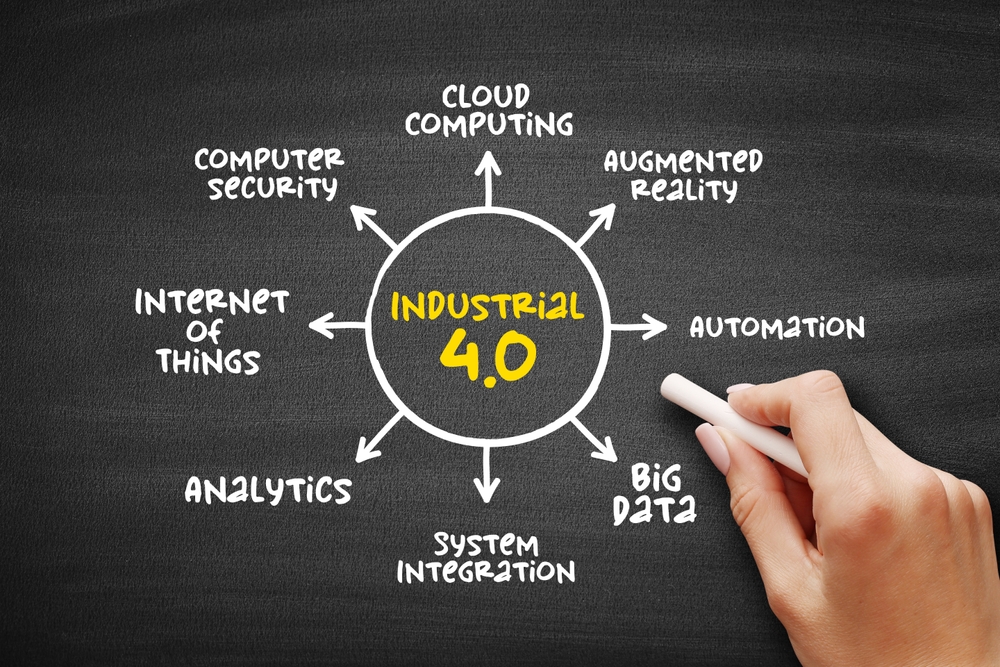Navigating change in a compliance-driven culture: Underestimating passive resistance

Organisations navigate a highly regulated legal landscape within the public sector. This terrain is defined by a sprawling array of laws, rules, and regulations, necessitating a significant allocation of resources and efforts towards strict adherence. This sustained emphasis on compliance gradually permeates the organisational ethos, shaping both decision-making processes and behavioural norms.

As a result, a culture emerges, fixated on meeting basic requirements rather than striving for optimal outcomes. This environment gives rise to bureaucracies and compliance structures characterised by limited adaptability and a reluctance to embrace change. The prevailing focus remains on adherence to the legal framework, sometimes overshadowing the potential for maximising organisational efficiency. The fundamental question at hand is whether we should passively acquiesce to this established paradigm or strategically explore avenues to transition this intricate system from a compliance-oriented mindset to one centred around performance optimisation.
In the dynamic landscape of the public sector, a confluence of pressures exerts its influence. Budget constraints are tightening, and scrutiny intensifies in the wake of escalating corruption levels. The relentless political jostling, particularly prevalent in the South African context, further amplifies the intricacies of this system. Despite these evident stressors, the transformative impact remains elusive. The root cause lies in a conspicuous absence of emotional engagement, fostering a climate of passive resistance to change, thereby impeding progress.
Within the confines of boardrooms, countless hours are dedicated to the birth of visionary ideas. However, the translation of these concepts into tangible outcomes remains a challenge. The prevailing question persists: “Why?” It is imperative to engage with the fundamental principles of change, emphasising the idea that: “Organisational change necessitates individual change.” This hypothesis underscores the inseparable link between collective progress and the evolution of individual mindsets. The following example provides context.

The Fourth Industrial Revolution (4IR) presents a plethora of opportunities to enhance service delivery through the utilisation of cutting-edge technology. The political leadership within a public sector entity unanimously acknowledged the imperative for a heightened emphasis on digital transformation and the necessity for innovation. This called for a fundamental shift in mindset and behaviour from all personnel across various echelons of the organisation, with the ultimate goal of effecting a cultural transformation that would revolutionise business practices from the highest strategic levels to the most granular operational tasks.

Fast-forward over a year from the inception of this commitment, and the tangible impact has been disappointingly minimal. In certain domains, there are even signs of performance deterioration. How did this transpire? The intentions were undeniably noble, and the rationale for change was painstakingly elucidated. What, then, was the stumbling block?
One potential explanation lies in the expectation placed on the administrative leadership to deliver results promptly. However, a crucial missing element was establishing a shared understanding, a process aimed at raising awareness and fostering a genuine desire for change on an INDIVIDUAL level. Neglecting these foundational steps led to a frustrating cycle of attempting to devise the perfect linear solution, ultimately resulting in a state of analysis paralysis. The immediate fallout was a demotivated workforce, as they failed to see or feel any tangible benefits despite their tremendous efforts.
At this juncture, an intriguing opportunity emerged, one with the potential to significantly influence the digital transformation agenda. This involved integrating into global collaborations with industry frontrunners in the mobile technology sphere. This transition served as a clear and straightforward catalyst for change. Within this space, a “safe to fail” platform materialised, providing employees with a conducive environment to engage with stakeholders on a global scale, thereby cultivating the knowledge and capability to drive transformation. This innovative concept was subsequently shared with numerous senior resources within the organisation. It was expected to be met with open arms and embraced without hesitation. To everyone’s surprise, the actual response was nothing short of remarkable. A notable degree of passive resistance to change became evident. While a handful of key stakeholders acknowledged the potential value, they deferred action, deeming it as something that could be pursued “later”. Most staff members approached didnt respond to the proposal.
This discovery underscored that none of the individuals in the organisation felt emotionally connected to the change. They still held on to their established way of doing things and were apprehensive about the impending shift. Evidently, the lack of awareness-raising and failure to instill a genuine desire for change on an individual level would hinder progress.
To progress efficiently, leadership must engage in introspection and grasp the practical significance of change management. This foundational understanding will inform the development of a tailored change management plan. This plan aims to empower individuals in several key aspects. Firstly, it ensures they are well-informed about the impending change. Subsequently, it fosters a genuine willingness to embrace it. Moreover, it imparts essential knowledge on how to navigate the process effectively. Additionally, it hones the ability to adapt and implement change, instilling confidence and proficiency. Lastly, ongoing support is provided to reinforce the newly instituted changes. This systematic approach, guided by insightful leadership and a clear appreciation of the value of change management, facilitates a smooth transition toward a more adaptive operational framework.